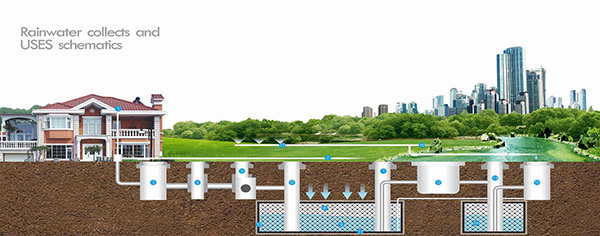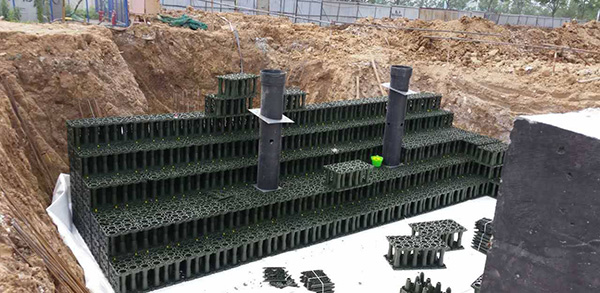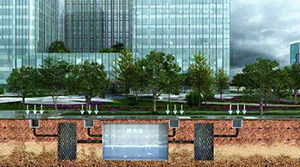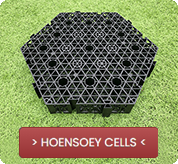Water Source Classification for Rainwater Harvesting System
The rainwater harvesting system collects the rainwater according to the demand and processes the collected rainwater to meet the design and use standards. At present, most of them are composed of a waste flow filtration system, a water storage system, and a purification system. Rainwater harvesting systems can be roughly divided into two categories depending on the source of rainwater: roof rainwater and ground rainwater,

- Roof Rainwater Collection
The roof rainwater is relatively clean, with less impurities, silt and other pollutants. After being discarded and simply filtered, it can be discharged into the water storage system directly.
According to the different building roof structure, roof rainwater collection is divided into flat roof roofing and ridge roofing. Flat roof rainwater is relatively simple to collect, because all buildings have downspout, and it is sufficient to connect the downspout directly to the rainwater harvesting module; for ridged roofing, a semi-circular shape horizontal piep is required under the eaves. And then connect the horizontal pipe to the vertical downspout, and the preliminary collection of rainwater can be realized.
- Ground Rainwater Collection
There are many rainwater impurities on the ground, and the source of pollutants is complicated. After abandonment and coarse filtration, precipitation must also be carried out before the water drain into the Underground Water Tank.
The collection of surface runoff is achieved by means of rainwater diversion and groundwater permeable materials. Rain and sewage diversion is to design two casing nets in urban planning or reconstruction, one for sewage and the other for rain drainage, so that the ground runoff formed during rain can be discharged to rivers and lakes or rainwater collection and utilization through rainwater pipe network system. The pavement is paved with water-permeable materials to achieve the infiltration and accumulation of rainwater by increasing the porosity of the pavement materials. It is also possible to combine the rainwater collecting ports and the greening land on two side of the road, the greening land will become a natural filter, so the ground rainwater will go through the greening and be collected to the Underground Water Tank for recycle usage.
Green land stagnation generally occurs in landscape wetlands in cities. In these areas, the terrain is lower than the general road surface, so it is also called the recessed green space. They are easy to collect rainwater, because the vegetation coverage is relatively high, the collected rainwater is relatively not easy to flow as fast as the surface runoff. If you set up some simple open channels, you can directly transfer the rainwater into the surrounding landscape lake, or simply filter and storage for irrigation.






